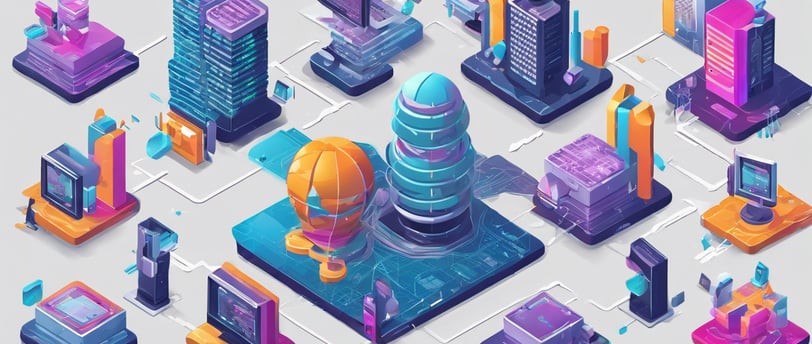Financial Implications of Legacy Code
Legacy code presents significant challenges and costs for IT managers and organizations. Understanding these costs is crucial for making informed decisions about maintaining or modernizing legacy systems.
8/5/20242 min read


Legacy code presents significant challenges and costs for IT managers and organizations. Understanding these costs is crucial for making informed decisions about maintaining or modernizing legacy systems.
Maintenance Costs
Maintaining legacy systems can consume a substantial portion of an organization's IT budget. Research indicates that in companies with over 100 developers or active codebases exceeding 500,000 lines, software maintenance can account for more than 50% of the overall development budget [5].
Additionally, a study showed that tech teams could allocate up to 75% of their development budget to maintenance when legacy systems are involved, leading to an average 15% annual budget increase for organizations still reliant on outdated technology [6].
The U.S. alone faced nearly $600 billion in legacy maintenance costs in 2018, a dramatic rise from $70 billion in 2003 [4]. This escalation highlights the growing financial burden of maintaining outdated systems.
Technical Debt
Technical debt, often associated with legacy code, compounds maintenance costs. An analysis of 1,400 applications across 160 organizations found that an average application with 300,000 lines of code has approximately $1,083,000 in technical debt, translating to about $3.61 per line of code [3]. This debt accumulates as organizations implement quick fixes rather than comprehensive solutions, leading to increased long-term costs.
Security Breaches
Legacy systems are particularly vulnerable to security risks, which can have devastating financial repercussions. For instance, the Equifax data breach in 2017, attributed partly to outdated legacy code, cost the company around $1.3 billion in damages and recovery efforts [2]. A Digital Reality study revealed that 31% of IT leaders recognized issues with legacy infrastructure, emphasizing the need for vigilance against security vulnerabilities [1].
Hidden Costs
Beyond direct financial implications, legacy systems incur hidden costs that can affect overall organizational performance:
Decreased Productivity
Developers often spend about 50% of their time trying to understand legacy code, which severely impacts productivity and limits their ability to work on new projects [6]. This inefficiency can stifle innovation and slow down the development of new features.
Employee Burnout
The monotonous nature of maintaining legacy systems can lead to employee dissatisfaction and burnout. Developers are typically drawn to challenging projects, and being stuck with outdated systems can diminish their motivation and increase turnover rates [5].
Opportunity Costs
Organizations bogged down by legacy maintenance may miss out on opportunities for innovation and growth. As resources are diverted to managing outdated systems, the ability to invest in new technologies and improvements diminishes, allowing competitors to gain an advantage [4].
Conclusion
The costs associated with legacy code are multifaceted, encompassing direct financial burdens, technical debt, security risks, and hidden inefficiencies. For IT managers, recognizing these costs is essential for strategic planning. Organizations must weigh the immediate savings of maintaining legacy systems against the long-term implications of increased expenses, decreased productivity, and lost opportunities.
If you suffer from legacy systems and want to modernize and future-proof your systems, contact Cognifai. Our cutting-edge AI technology makes migration a breeze, ensuring your organization stays competitive and innovative in the digital age.
References
1. Digital Reality. (2023). [Study on IT Leaders and Legacy Infrastructure](https://www.digitalreality.com).
2. Equifax. (2017). [Data Breach Report](https://www.equifax.com).
3. Zartis. (2023). [3 Hidden Costs of Maintaining Legacy Software](https://www.zartis.com/3-hidden-costs-of-maintaining-legacy-software/).
4. EPAM Startups. (2023). [How Much Does Software Maintenance Cost: A Guide](https://startups.epam.com/blog/software-maintenance-cost).
5. ScienceSoft. (2023). [Software Maintenance Costs: How to Estimate and Optimize](https://www.scnsoft.com/software-development/maintenance-and-support/costs).
6. Mad Devs. (2023). [Software Maintenance Costs: Factors & Ways to Reduce](https://maddevs.io/customer-university/software-maintenance-costs/).
Transform
Revolutionizing legacy systems for future innovation.
Innovate
Empower
info@cognifai.net
© 2024. All rights reserved.
